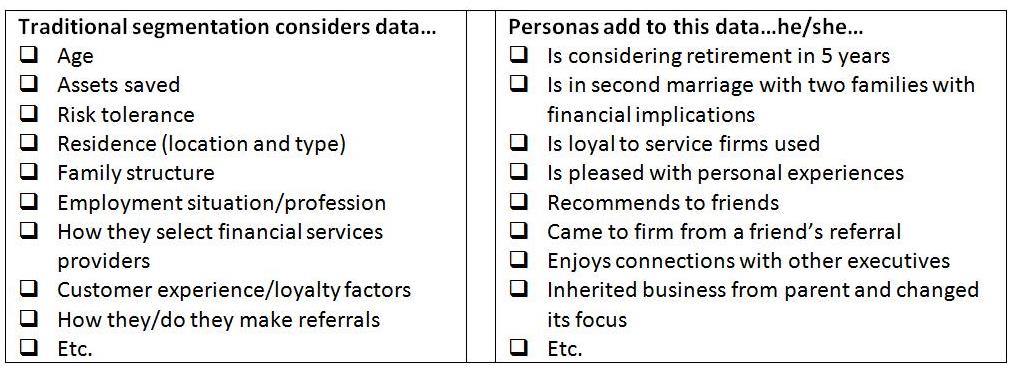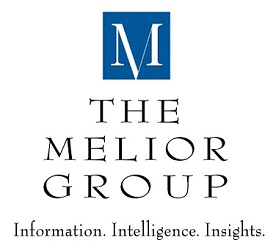Three Criteria Crucial To Marketing Independent High Schools
In our 35 year history, The Melior Group has worked with numerous independent high schools, including those with a faith-based mission. Given the demographic forecasts which predict a dip in the number of high school students over the next several years, rising tuition costs, and overcapacity in many markets, it is not surprising that our recent projects all center on helping independent schools enhance their outreach and recruitment efforts.
In our work, we’ve talked with countless parents about how they make educational decisions. We’ve heard them express their hopes and aspirations for their children, and their belief that the “right” school can enable those visions. We thus have gained insight into what parents value when “shopping” for schools, and we know what schools need to communicate in order to attract the students they want.
First and foremost, our advice is this: in this competitive environment, every school needs to be prepared with the answer to the following question: ‘at the end of high school, how will my child be better as a result of attending YOUR SCHOOL (versus going somewhere else)?’
Parents, in making assessments about what is the best school for their child, compare schools on three overarching criteria. We believe that in each of these areas, schools need to articulate their unique approach/philosophy, strengths and track record:
- Strong academics are a baseline expectation of independent schools. Parents assess excellence in this area by examining college admissions statistics (parents want to see that nearly all graduates attend college, and that some are accepted to highly competitive colleges); breadth and depth of classes offered; word-of-mouth about teaching quality; availability of advanced courses; presence of academic enrichment opportunities (e.g., STEM club, trips, lab facilities, etc.); and availability of academic support from teachers and learning specialists.
- Parents want to see evidence of measurable outcomes on the “investment” in tuition. They want to know how their investment will impact admissions to competitive colleges; ability to earn college scholarship money; and career prospects and earning potential. It is important to note that parents love seeing evidence of strong alumni networks, which they perceive can contribute to graduates’ career success.
- Potential for personal growth is also critically important, and as such parents look closely at extracurricular opportunities, and the extent to which their child could identify and pursue their individual interests and passions. They also assess intangible culture factors including values, spirituality/religion, character development, love of learning, and where their child will “fit”. While these factors can be difficult to articulate, they are what parents point to as distinguishing public schools from independent schools, and independent schools from each other.
In sum, the schools that are able to meet their enrollment goals are those that can make the case that their graduates are better off for having gone there.
Do you have questions about marketing an independent high school? Give us a call or shoot us an email and let us know how we can help.
For more information please contact Elizabeth Cohen at [email protected]/215-545-0054 ext. 103













